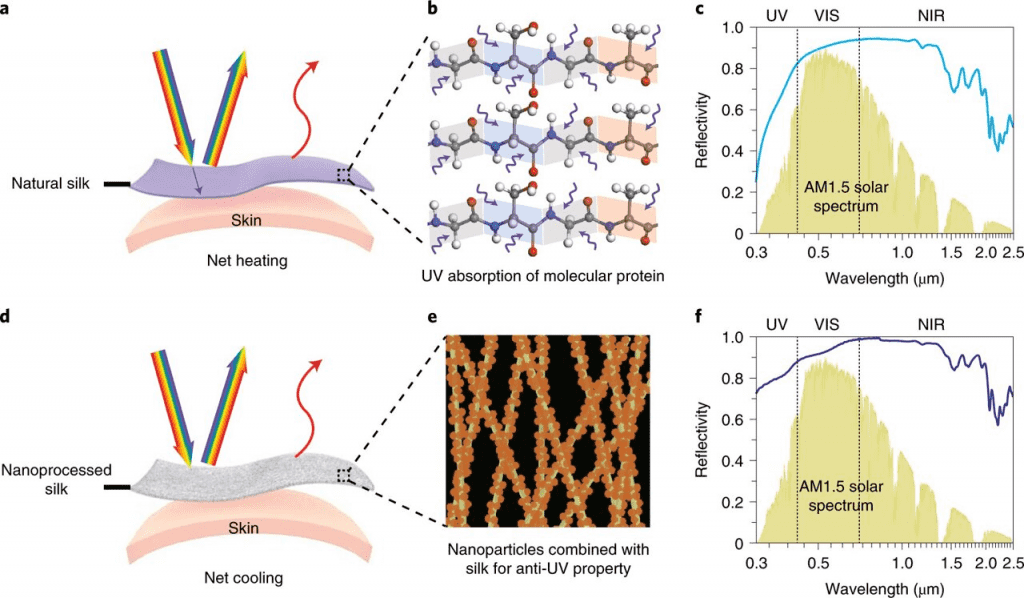Textile engineers have developed a piece of fabric from ultra-fine nano-threads that can respond to changing temperatures to heat up and cool down its wearer depending on need.
A paper also describes this manufacturing technique, which was published in the American Chemical Society journal ACS Nano on August 10.
Using personal thermal management textiles, fabrics can directly manage the temperature of localized areas around the body and help professionals who have to face extreme temperatures in their daily lives.
Such fabrics often make use of phase-change materials (PCMs) that can store and later release large amounts of heat when the material changes phase (or state of matter, for example, from solid to liquid).
However, the inherently solid hardness of PCMs in their solid form and leakage when the liquid has so far obstructed their application in the wearable thermal regulation field.

“The problem here has been that the manufacturing methods for phase-change micro-capsules are complex and very costly,” said Hideaki Morikawa, corresponding author of the paper and an advanced textiles engineer with the Institute for Fiber Engineering at Shinshu University. “Worse still, this option offers insufficient flexibility for any realistically wearable application.”
The researchers went to find a solution in coaxial electrospinning that comprises two or more polymer solutions fed from neighboring spinnerets, enabling the production of coated or hollow nanofibers.
In this case, the researchers encapsulated the PCM in the center of the electrospun nanofiber to solve the problem of PCM leakage. Additionally, ultra-fine fibers permit extremely favorable flexibility appropriate for human clothing.

The researchers combined the three options—PCMs, carbon nanotube and polydopamine solar absorbers, and electro-conductive polymers made of poly (3,4-ethylene dioxythiophene): polystyrene sulfonate (known as ‘PEDOT: PSS’) —into a single ‘tri-mode’ thermoregulatory and wearable textile.
This multi-core and shell structure makes room for synergistic cooperation among its several components. It delivers on-demand thermal regulation that can adapt to a wide range of environmental temperature changes.


